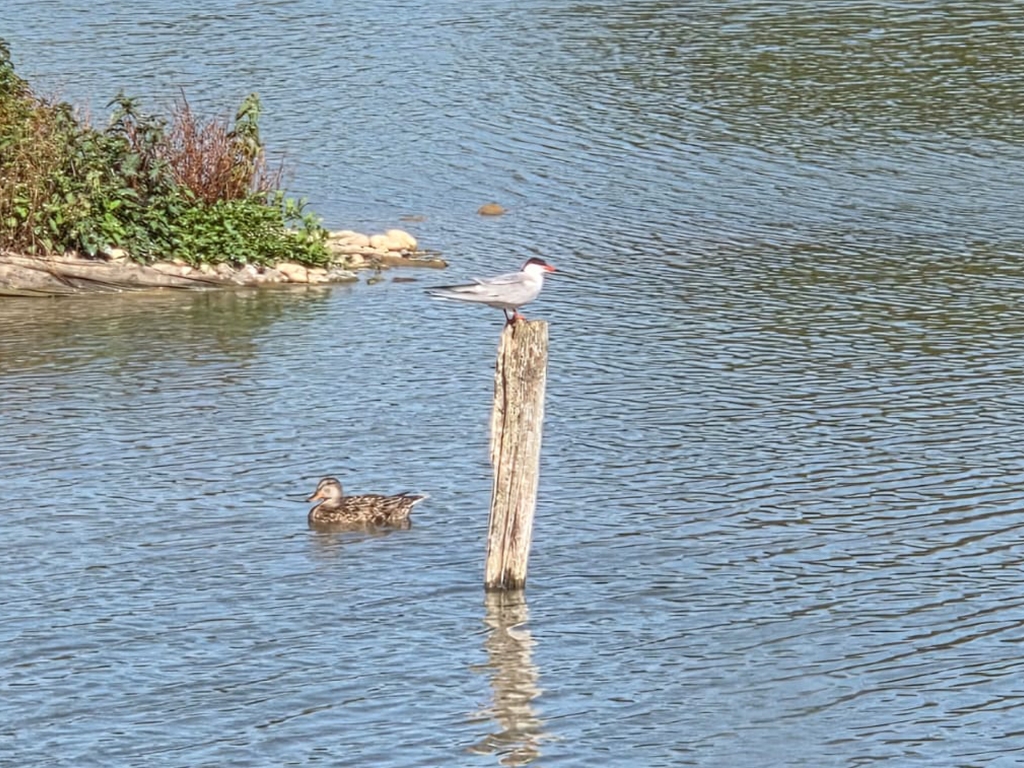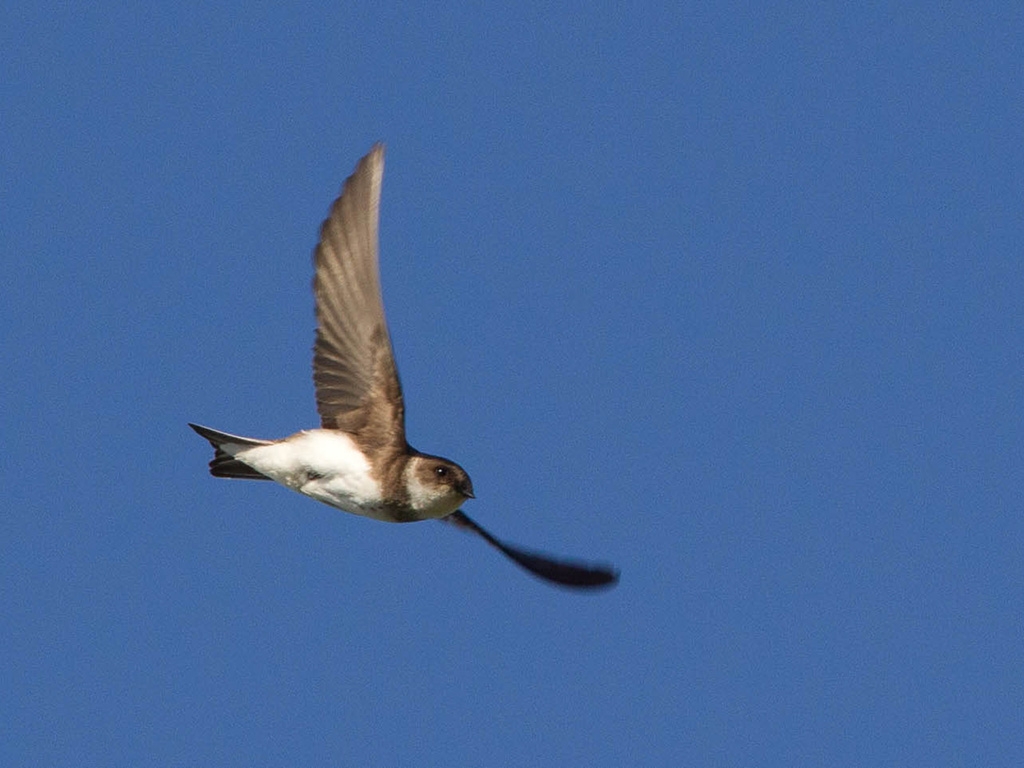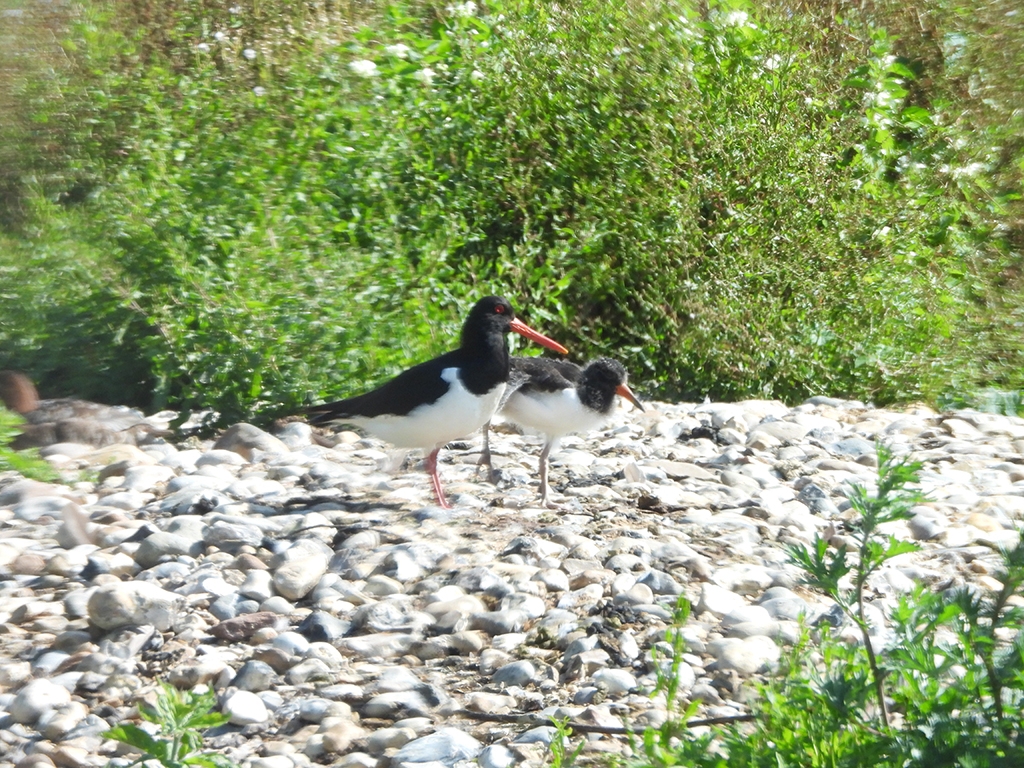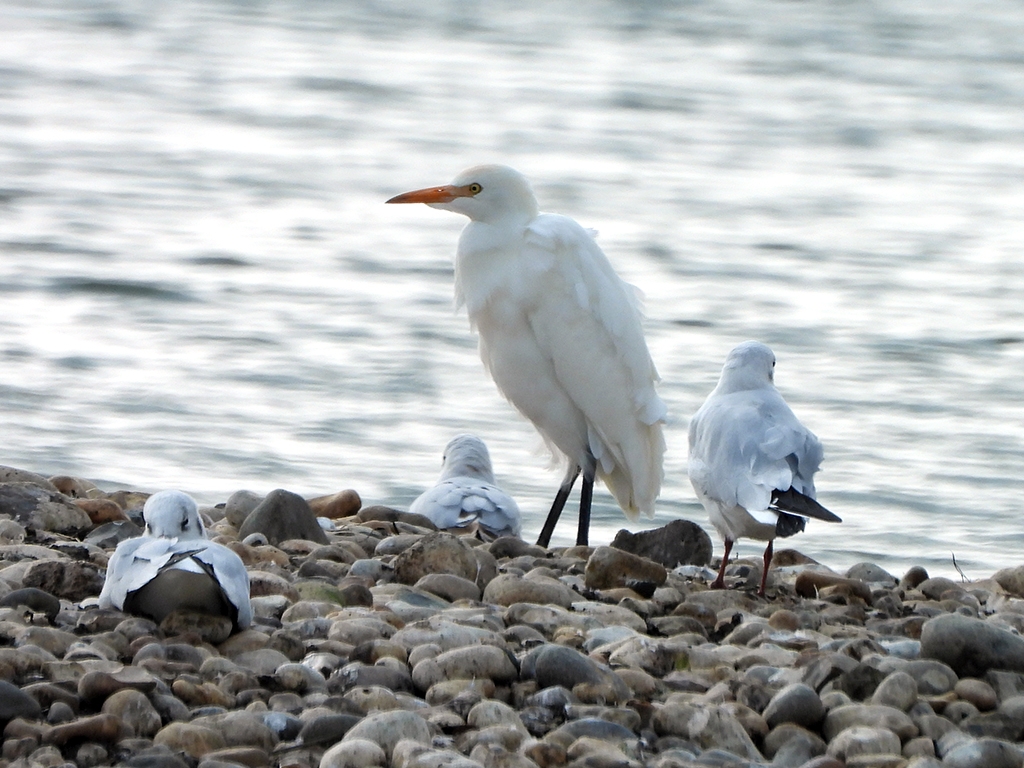600 sand martins, Daubenton's bats and neonate snake

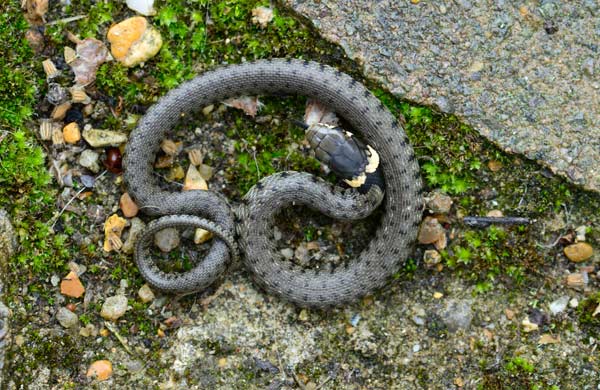
There is a lot happening at Arundel Wetland Centre at this time of year but it does require spending a bit of time in one of the hides and watching with patience to catch the action. The ‘secretive’ migration of warblers is underway. Blackcaps, willow warblers, garden warblers, reed warblers, sedge warblers and whitethroats are moving through the reserve. The species onsite and locations vary daily so pick one of the hides and try your luck. A stay in the Ramsar or Scrape hide should grant you a kingfisher sighting as well. For the kingfishers also try the boat safari, in particular the boat jetty and railings in the late afternoon. Duck numbers are gradually increasing too with more gadwall, shoveler and teal on the water.
The more obvious migration of sand and house martins is underway. A mixed group of over one thousand martin arrived onsite last Wednesday. Roughly 600 sand martins to 400 house martins stopping to feed on insects pushed closer to the water on the rainy day before moving through. Groups of sand martins were inspecting and entering the holes in the artificial nesting bank on the Sand Martin hide attracted by the recordings of a sand martin colony we play. We are hoping to build on this year’s success of a sand martin family nesting within. Most days we are seeing a handful of the hirundines moving through.
My end-of-August bat survey began in our car park where I picked up a couple of noctule bats over my bat detector, while they fed on insects. I picked out four Daubenton’s bats with the spotlights over the waters of Arun Riverlife lagoon. With the spot I saw another over the Trumpeter pen and one at the Scrape hide. The detectors picked up 2 more over the water at World Wetlands. I also detected various soprano and common pipistrelles onsite.
I checked the reptile tins on a walk around the reserve last Sunday. Seeking warmth under three metal sheets I found three large juvenile grass snakes. Under one sheet I spotted a neonate (hatchling) grass snake. The neonate had a small lump, indicating it had recently eaten. The young snake then threw up - its lunch had been a baby toad!
Senior Reserve Warden Suzi Lanaway completed her August water vole survey to find that our water vole population continues to bounce back. Latrine usage is up to 58% compared to the 65% reading we had when the population was peaking a few years ago.
During the day on Sunday I watched a hummingbird hawkmoth feeding on the buddlia near the Sand Martin hide. I had more unusual moth sighting near the Discovery hide. While chatting to a visitor a red underwing moth landed on their coat. These nocturnal moths are usually folded into their grey mottled disguise during the day and warm up on the wooden walls of our hides.
